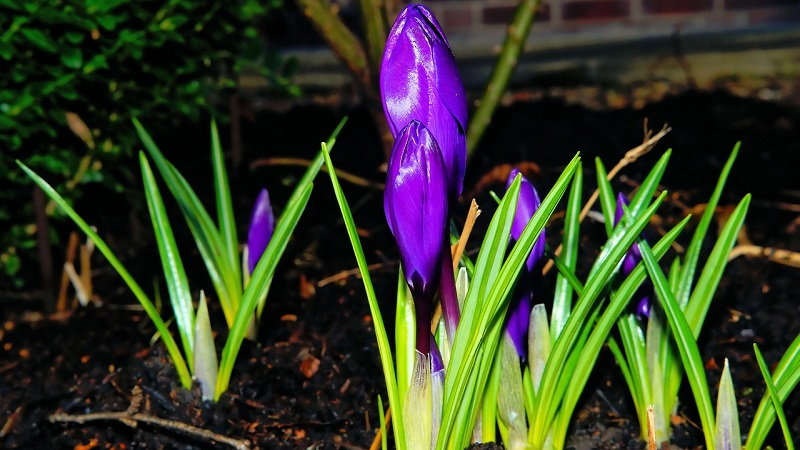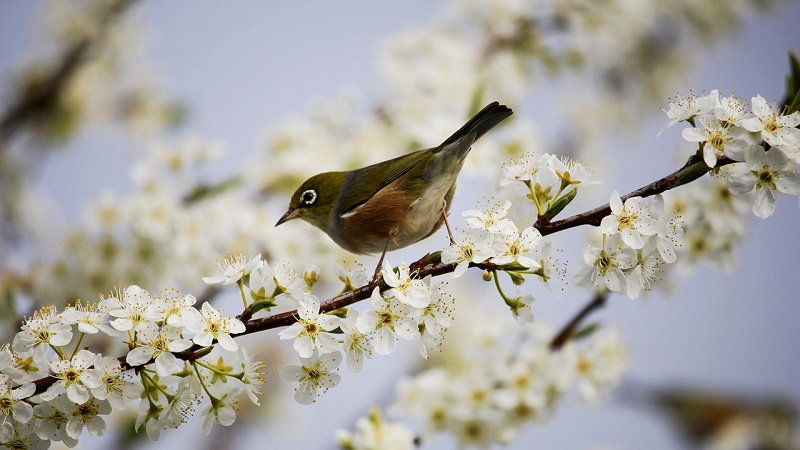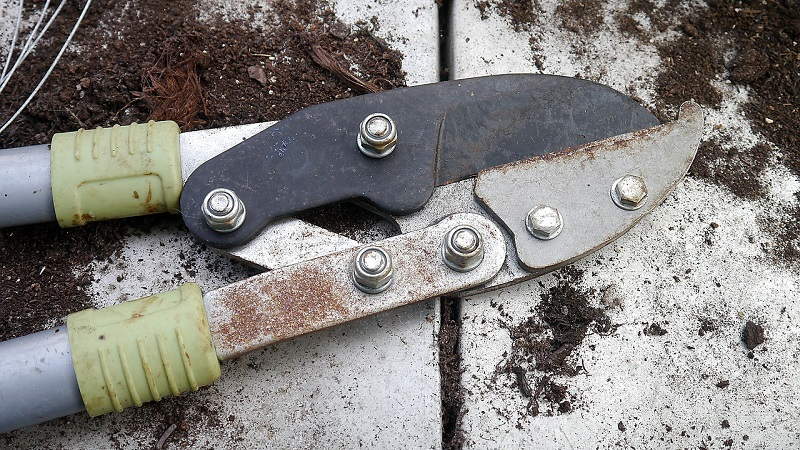The worst of the weather is behind us for another year, and you’ll even be able to see a hint of spring hiding around the corner. The lighter days are going to get longer as the month goes on, the temperature is gradually improving, and the wildlife will even begin to come back in numbers.
Gardening in February is exciting because there is so much you can do, but let’s take a look at the top jobs you should be taking care of this month.
Gardening calendar: Gardening in February
Flowers

1 – Divide Your Snowdrops: Start to divide your snowdrops and other such bulbs. Planting them in the green is one of the easiest ways to increase your collection without spending a lot of money.
2 – Prune Wisteria: To prune the wisteria properly try to cut back the sideshoots to around two or three buds. While you’re doing this it’s important to avoid cutting any flower buds off.
3 – Pruning Conservatory Climbers: You don’t want to prune conservatory climbers like bougainvillea until now, because it means they won’t get damaged by frost. Just make sure your conservatory is regularly warm, at least 10C inside.
4 – Maintain Minimum of 5C: You’ll need to make sure the temperature in your greenhouse doesn’t drop below 5C to stop tender plants from dying. Any tropical plants will need even higher temperatures.
5 – Protecting Your Bulbs: Some of your bulbs might still benefit from protection if it snows and rains a lot. You can give them the security they need by covering them with Perspex which should sit on bricks.
Fruits and Vegetables

1 – Chitting Your Tubers: No doubt you’ll want a quicker and bigger harvest for your lovely potatoes. The only way you’ll be able to ensure it happens is by chitting your tubers now.
2 – Vegetable Seed Beds: Gardening in February carries on from the plans you made in January. Start preparing your vegetable beds now, and once they’re ready you can begin to sow the first batch under cover.
3 – Peaches, Apricots, and Nectarines: If you’re lucky you’ll be growing peaches, apricots, and nectarines in your garden. Make sure you protect the blossom to ensure they turn out okay.
4 – Net Fruits and Vegetables: Now that the birds are flocking back in numbers, your fruit and vegetable crops might not be safe. The easiest way to stop birds from getting to them is to net everything off.
5 – Cucumber and Tomato Plants: If you’re looking for tasty cucumbers and tomatoes for your summer salads now is the time to start preparing for them. Sow your seeds now in the warmer conditions.
Trees, Shrubs, and Lawns

1 – Winter-Flowering Shrubs: If you have any winter-flowering shrubs they should have finished flowering by now. Instead of standing around admiring them you should begin to prune the shrubs.
2 – Pruning and Renovating: Now is a good time to start pruning those hardy evergreen hedges. At the same time you’ll be able to begin renovating your overgrown deciduous hedges too.
3 – Remove Dead Grass: After the worst of winter you’ll have to begin taking the dead grass away from your evergreen grass, and you can cut back the deciduous grasses while you’re at it.
4 – Cutting Your Lawn Edges: In January you concentrated on the edges around flower and shrub beds, but now you can take care of all the lawn edges. Your garden will look nicer and it will save you work in the future.
5 – Look Out for Moles: If you’re going to see moles it’s usually in February when they mate and build nests. Remove the large hills and make sure the ground is firm before seeding your grass in spring.







